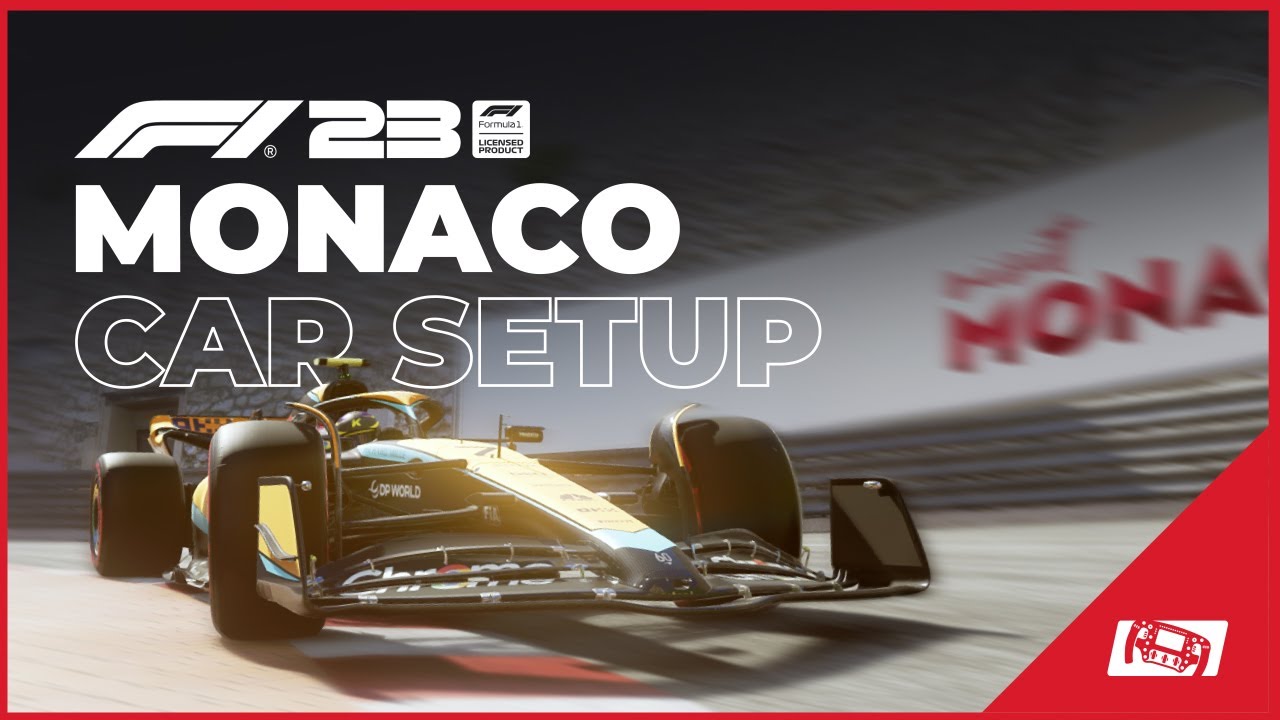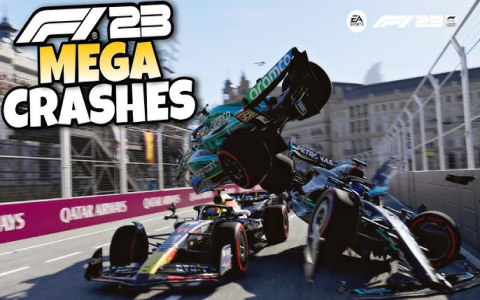Okay, let’s talk about how I set up my F1 23 game for Monaco. This track is a beast, let me tell you. It’s narrow, it’s bumpy, and one wrong move and you’re in the wall. So, the setup is crucial.

Aerodynamics
First off, aerodynamics. I went with a high downforce setup, obviously. Cranked up the front wing to 45 and the rear wing to 50. You need all the grip you can get on those tight corners. And boy, does it make a difference. Without this, it’s like trying to ice skate uphill.
Transmission
Next, the transmission. I adjusted the differential to be more on the open side. 55% for on-throttle and 50% for off-throttle. This helps with rotating the car through those slow, winding turns. Honestly, without these settings, the car feels like a boat.
Suspension Geometry
Now, suspension geometry was a bit tricky. I went full left on the front camber at -3.50 and full right on the rear camber at -1.00. For the toe, I set the front to 0.00 and the rear to 0.20. It sounds wonky, but it really helps keep the car stable.
Suspension
Suspension itself, I softened it up quite a bit. Front suspension at 7, rear suspension at 2. Anti-roll bars were set to 3 in the front and 12 in the rear. And the ride height? Super low, 20 in the front and 60 in the rear. You gotta feel every bump to really nail those apexes.
Brakes
Brakes are essential in Monaco. I used a 56% brake pressure with 54% front brake bias. You need to be precise with your braking points, or you’ll be kissing the barriers.
Tyres
Finally, tyres. I went with 22.5 psi for the front and 20.3 psi for the rear. It gives a good balance between grip and wear. And trust me, tyre management is key in Monaco.
So there you have it. My Monaco setup for F1 23. It took some trial and error, a few crashes, and a lot of practice laps, but I finally found something that works for me. Give it a try, and let me know how it goes! And remember, practice makes perfect, especially on a track like this.


















